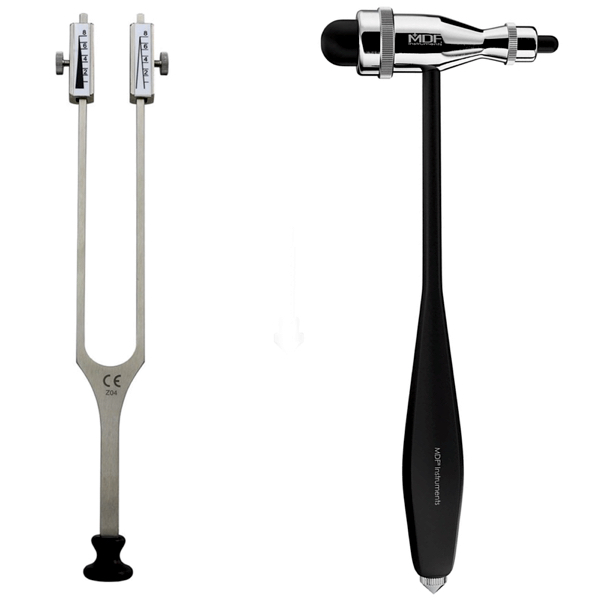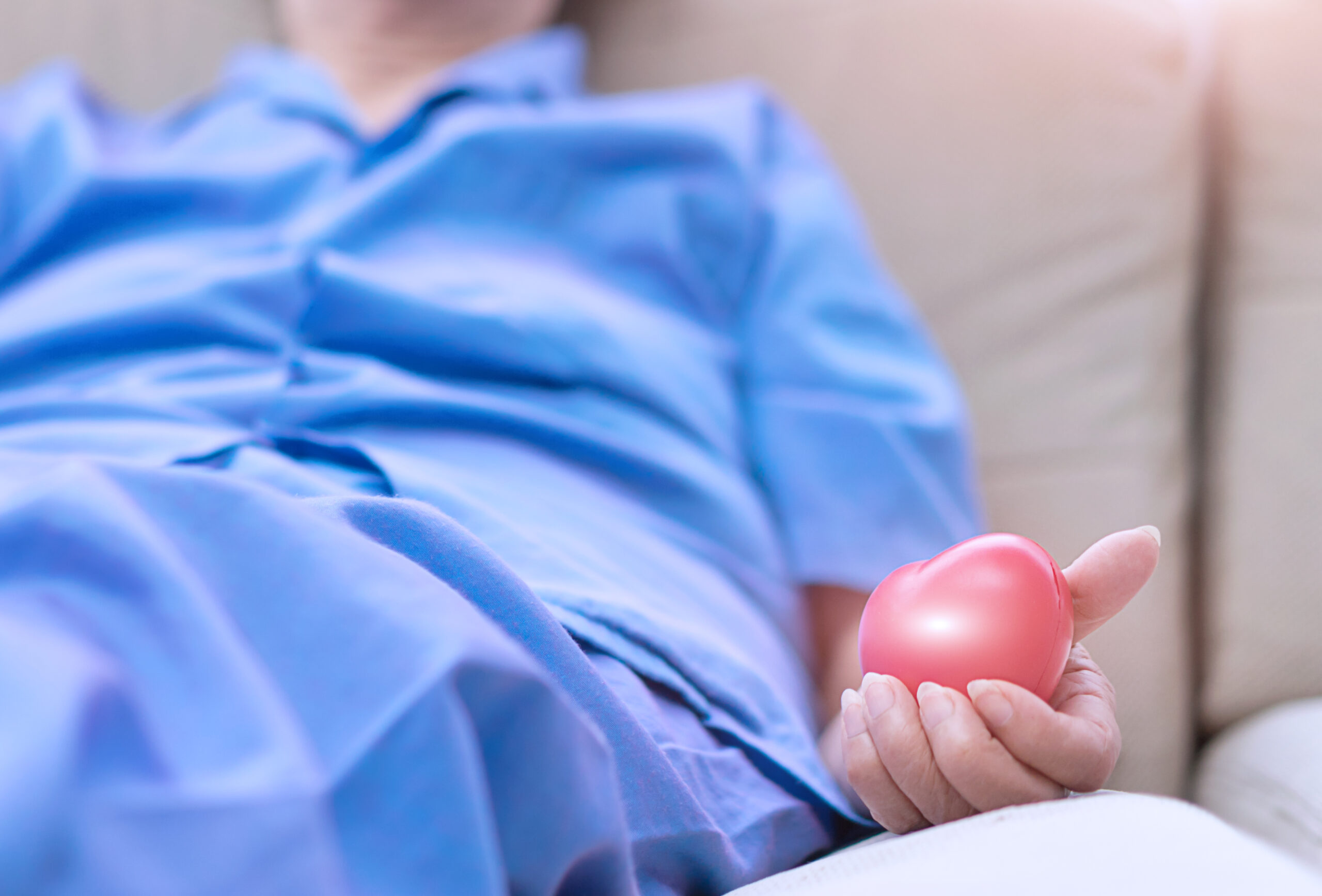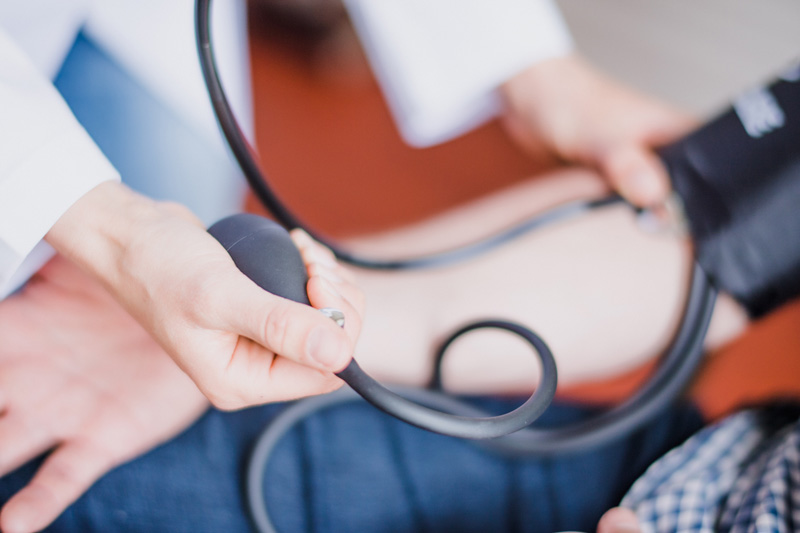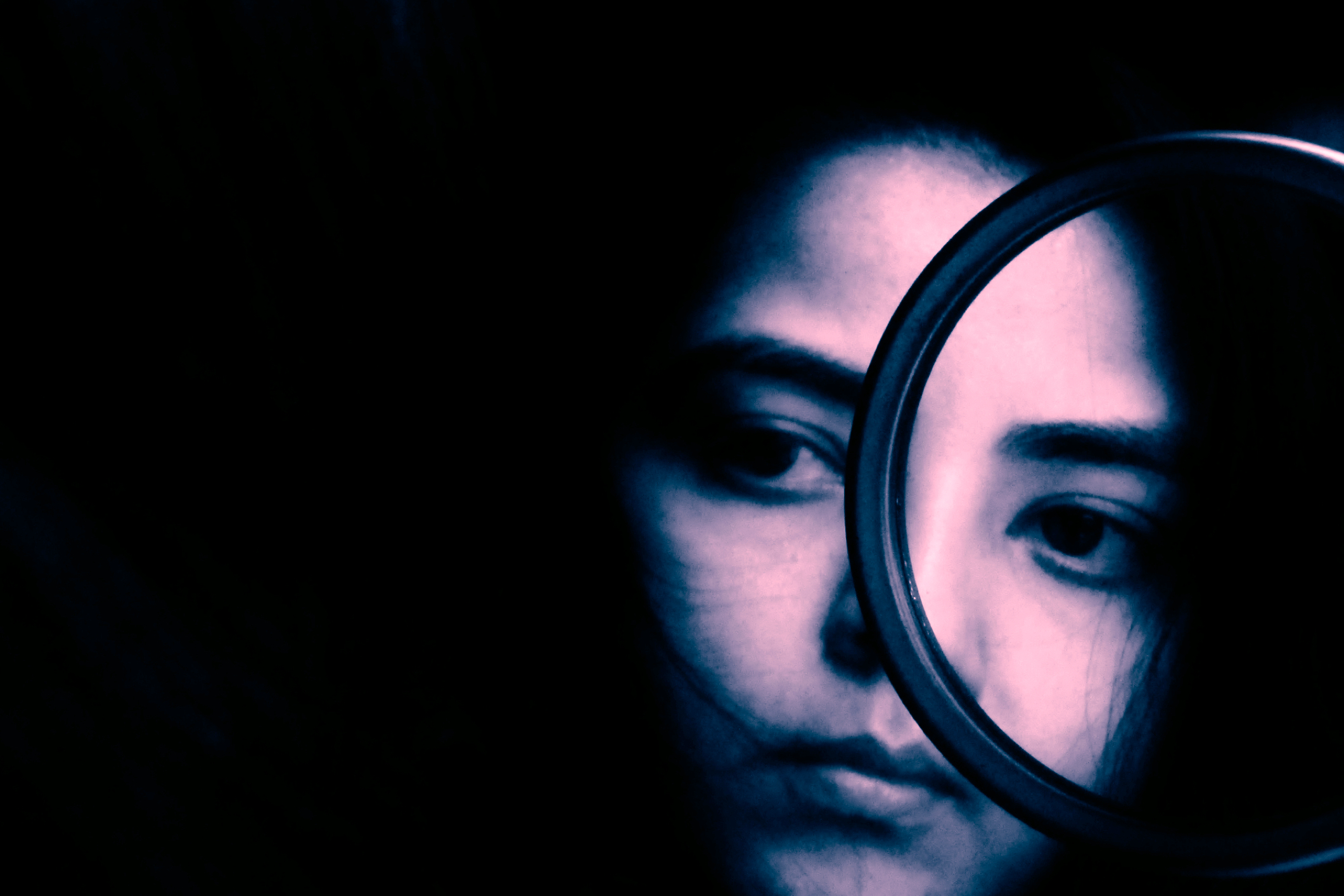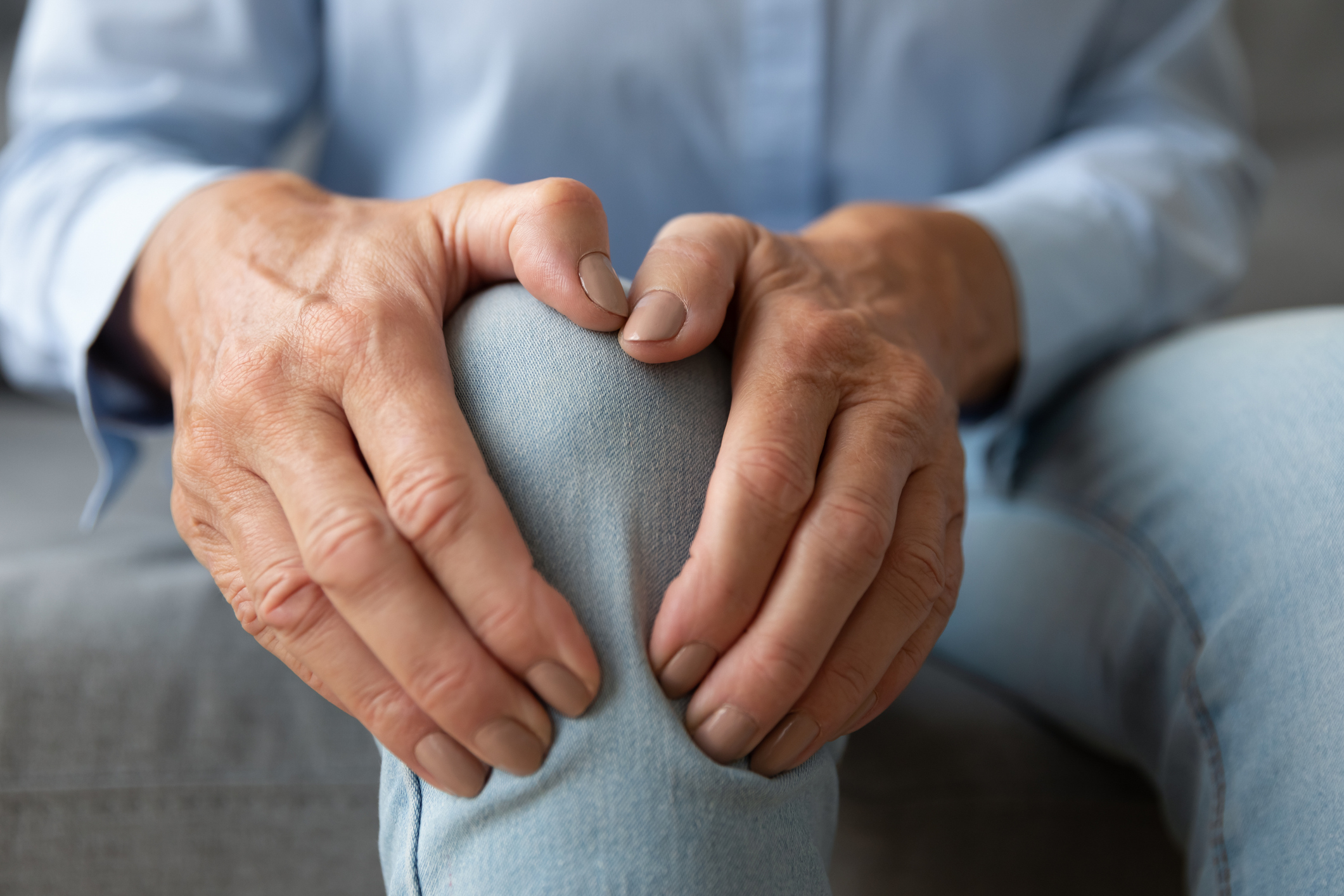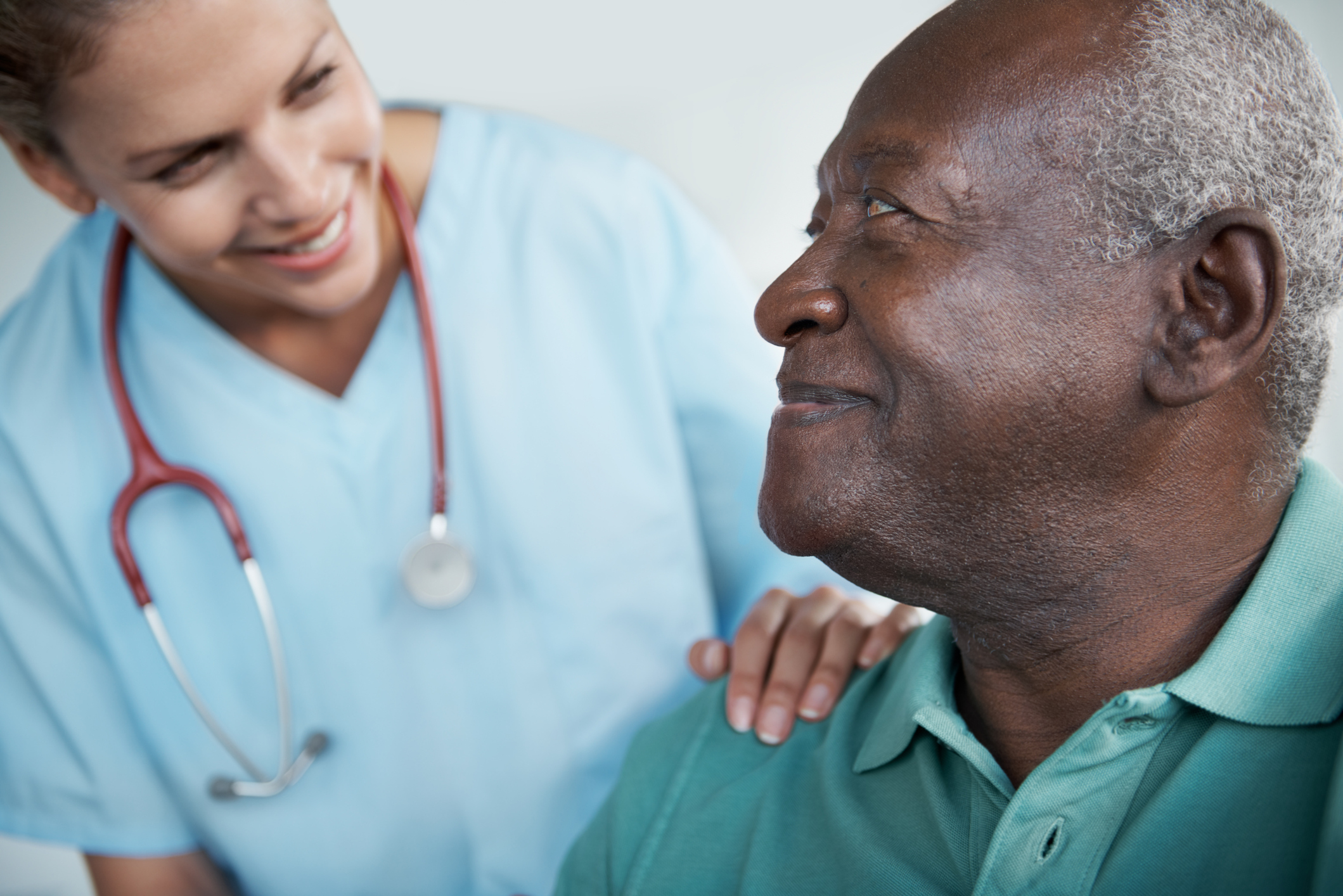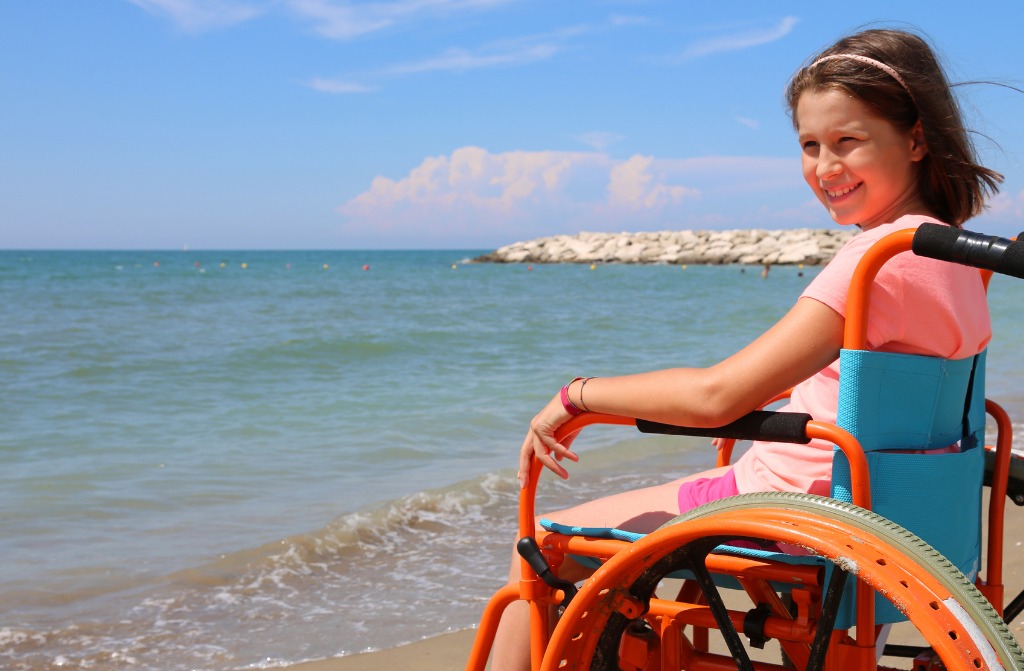Myositis means inflammation of the muscles that you use to move your body. An injury, infection, or autoimmune disease can cause it. Two specific kinds are polymyositis and dermatomyositis. Polymyositis causes muscle weakness, usually in the muscles closest to the trunk of your body. Dermatomyositis causes muscle weakness, plus a skin rash.
Other symptoms of myositis may include
- Fatigue after walking or standing
- Tripping or falling
- Trouble swallowing or breathing
Doctors may use a physical exam, lab tests, imaging tests and a muscle biopsy to diagnose myositis. There is no cure for these diseases, but you can treat the symptoms. Polymyositis and dermatomyositis are first treated with high doses of a corticosteroid. Other options include medications, physical therapy, exercise, heat therapy, assistive devices, and rest.
Myositis usually begins gradually, but can take a variety of forms. Sometimes the first sign is an unusual rash. Sometimes patients may start to trip or fall more frequently. Other signs include muscle weakness and pain, intense fatigue, and trouble climbing stairs or reaching over the head. Frequently, patients explain these symptoms away as signs of “getting old.” But myositis is a very real and often serious condition that needs to be taken seriously.
TYPES OF MYOSITIS
There are a few different forms of myositis. Review each of the myositis conditions below to learn the differences and similarities among the different types. Sporadic Inclusion Body Myositis (SIBM) is the most commonly acquired myopathy in patients over the age of 50. More men have inclusion body myositis than women, and the disease is rarely seen in people younger than 50 years of age. Inclusion body myositis is unlike all other forms of myositis in terms of symptoms, treatment, and who it affects. Symptoms of inclusion body myositis progress more slowly than the other types of myositis with weakness increasing gradually, sometimes over years. For this reason it is not uncommon for patients to realize that they had been experiencing symptoms for many years before they were diagnosed.
Dermatomyositis (DM) can affect people of any age or sex, but it is found more often in women than in men. For reasons that are poorly understood, dermatomyositis is more prevalent in African-American women. As with other types of myositis, there is no known cause or cure for dermatomyositis. Although there is not currently a cure, there are treatments that have seen success in managing symptoms.
Polymyositis (PM) is most commonly found in people over the age of 20 and affects more women than men. PM is characterized by chronic muscle inflammation and weakness. As with other types of myositis, there is no known cause or cure for polymyositis. Although there is not currently a cure, there are treatments that have seen success in managing symptoms.
Necrotizing Myopathy can also be referred to as necrotizing autoimmune myopathy (NAM) or immune-mediated necrotizing myopathy (IMNM). The condition is characterized by signs of necrosis, or cell death, in the muscles, which causes weakness and fatigue. As with other types of myositis, there is no known cause or cure for necrotizing myopathy. However, treatments are available that can successfully manage symptoms.
Juvenile Myositis (JM) is found in children under the age of 18 and affects two to four children per million. The most frequent form of juvenile myositis is juvenile dermatomyositis (JDM), in which children experience marked muscle weakness and skin rash. Juvenile polymyositis can also occur in children, but it is extremely rare. There is no known cause or cure for juvenile myositis. However, there are treatments that can successfully manage the symptoms.
Resources:
Myasthenia Gravis
MG is a chronic autoimmune neuromuscular disorder characterized by weakness of the voluntary muscle groups, which are the muscles we use to perform physical activities. For reasons that are not clearly understood, the immune system of patients with MG makes antibodies against the receptor sites of the neuromuscular junction.
Multifocal Motor Neuropathy
MMN (Multifocal Motor Neuropathy) is a rare disorder in which focal areas of multiple motor nerves are attacked by one’s own immune system. Typically, MMN is slowly progressive, resulting in asymmetrical weakness of a patient’s limbs.
CIDP
Chronic Inflammatory Demyelinating Polyneuropathy (CIDP) is a neurological disorder characterized by gradually (over months or years) increasing weakness of the legs and arms. It is caused by damage to the protective covering of the nerves, called myelin. Symptoms are variable and may be mild to debilitating.
Guillain-Barré Syndrome
Guillain-Barré syndrome (GBS) is a rare neurological disorder in which the body’s immune system mistakenly attacks part of its peripheral nervous system—the network of nerves located outside of the brain and spinal cord.
Myositis
Myositis means inflammation of the muscles that you use to move your body. An injury, infection, or autoimmune disease can cause it. Two specific kinds are polymyositis and dermatomyositis. Polymyositis causes muscle weakness, usually in the muscles closest to the trunk of your body. Dermatomyositis causes muscle weakness, plus a skin rash.
Lambert-Eaton Myasthenic Syndrome
Lambert-Eaton myasthenic syndrome (LEMS) is a rare autoimmune disorder of the neuromuscular junction. It is a miscommunication between the nerve cell and the muscles that lead to the gradual onset of muscle weakness.
Amyotrophic Lateral Sclerosis
Amyotrophic lateral sclerosis (ALS) is a group of rare neurological diseases that mainly involve the nerve cells (neurons) responsible for controlling voluntary muscle movement (e.g. chewing, walking, and talking). The disease is progressive, and symptoms get worse over time. Currently, there is no cure for ALS and no effective treatment to halt, or reverse, the progression of the disease.
Muscular Dystrophy
Muscular dystrophies are a group of muscle diseases caused by mutations in a person’s genes. Over time, muscle weakness decreases mobility, making everyday tasks difficult. There are many kinds of muscular dystrophy, each affecting specific muscle groups, with signs and symptoms appearing at different ages, and varying in severity.
